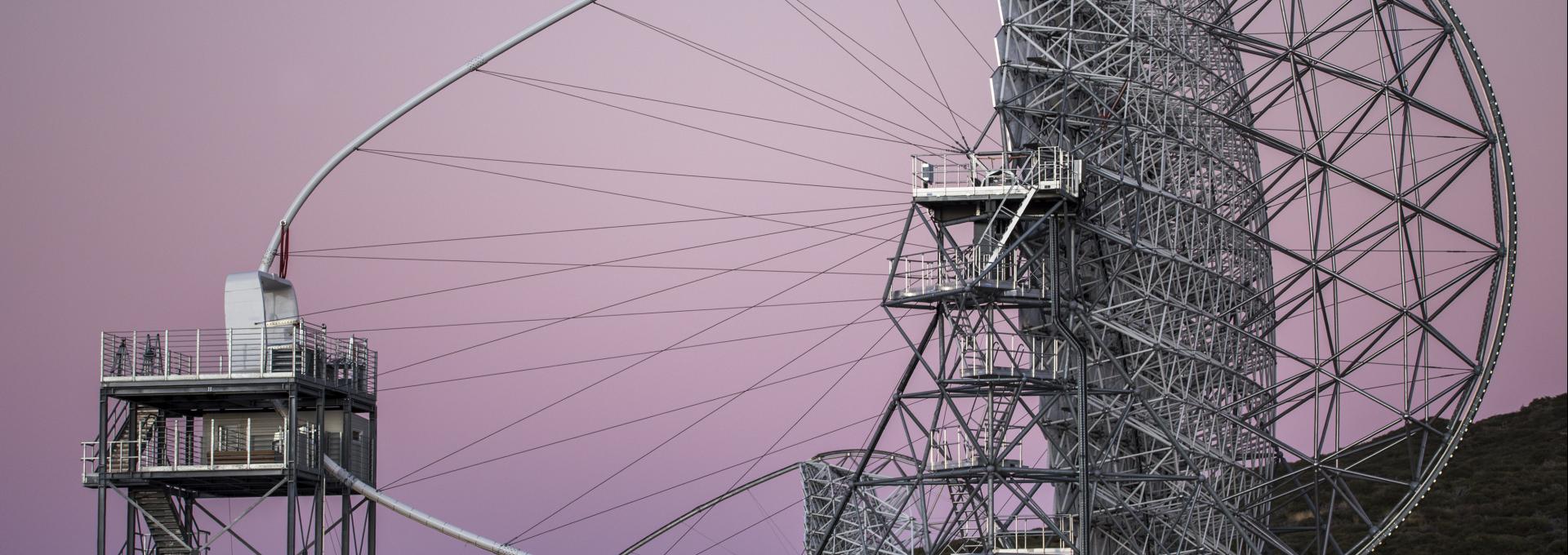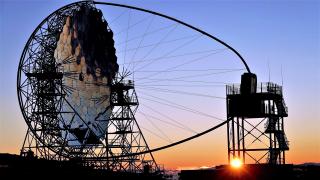Large Size Telescopes


The Large Size Telescopes (LSTs) are the largest CTA telescopes, and are
optimized to detect the lowest energy gamma-rays. That energy regime is
extremely relevant because it allows the detection of the most distant gamma
ray sources (extragalactic objects such as active galatic nuclei at cosmological
distances) and of those sources with a limited acceleration power (galactic
sources such as pulsars). It should also allow the discovery of VHE gamma ray
emission in Gamma Ray Bursts (GRB).
The fact that GRBs are very fast is behind the very low weight of the LSTs:
they should be able to reposition to any direction in the sky in less than 20
seconds after receiving an alert from a GRB monitor. In order to achieve a
large size and light weight, the telescope structure is made of a carbon-fibre
tube network (mirroring the design of the MAGIC telescope). Since strong
winds may lift such a large and light-weight structure, the rail and bogies
are designed to prevent uplift. And in order to discriminate the light flashes
produced by the lowest energy gamma rays from the light of the night sky the
LST camera is the fastest and most sensitive one in CTA.
Four such telescopes will operate in each hemisphere to observe the gamma
rays “in stereo”, a technique that allows a cleaner reconstruction of the
properties of the gamma ray.
The cost of each LST is about eight million euros and the first one will be a
prototype to be tested during 2017.
Existing Cherenkov telescopes, MAGIC (in La Palma), HESS (in Namibia) and
VERITAS (in USA) have revealed a Universe rich in objects producing the
highest energy gamma ray radiation. Over 150 sources have been discovered.
They reveal the existence of powerful particle accelerators in the sky.
To understand how these cosmic machines work, over one thousand
scientists and engineers from around the world are working together to build
a new observatory: the Cherenkov Telescope Array (CTA). Two observatories
composed by arrays of tens of telescopes will be built, one in each of the
hemispheres, so as to cover the whole sky. Each array will consist of different
telescope types.
A few large (23 m diameter) telescopes will be at the centre, surrounded by a
handful of medium sized (12 m diameter) telescopes. In addition, the Southern
array will host tens of small telescopes (around 6 m diameter).
It should be completed in 2021 and its operation should span over 30 years.
